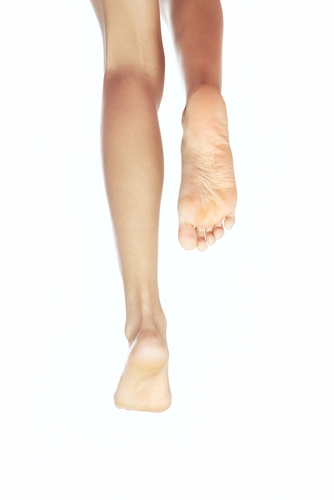
Barefoot Running Trend Linked To Foot Injuries
If you’ve joined the barefoot running craze and are hopping on your TRUE Fitness treadmill in minimalist shoes, you may want to rethink your strategy. According to a study from Brigham Young University, frequent running in minimalist “barefoot” shoes can increase the chance of bone injuries in your feet. So, what should we think about the barefoot running trend being linked to foot injuries?
Barefoot running has become popular as of late because proponents argue that it is a natural state for humans and should reverse injuries from modern running shoes, The New York Times reported.
However, researchers found that barefoot running puts added stress on the bones, and according to the Associated Press, doctors have seen an increase in injuries related to barefoot running, especially when it is not taken up gradually.
“Transitioning to minimalist shoes is definitely stressful to the bones,” Sarah Ridge, the study’s lead author and an assistant professor of exercise science at BYU, said in a statement. “You have to be careful in how you transition and most people don’t think about that; they just want to put the shoes on and go.”
To conduct her study, Ridge recruited 36 experienced adult runners, both male and female, who wore normal running shoes while generally running 15 to 30 miles per week. She instructed half of the participants to add mileage to their routine in small increments while wearing minimalist “barefoot” shoes for 10 weeks.
After conducting MRI scans of the runners’ feet, Ridge found that more than 50 percent of the participants who wore minimalist shoes showed signs of bone injuries in their feet.
This figure could be alarming to devout users of minimalist shoes, of which there are many: According to BYU, 15 percent of the $6.5 billion running shoes market is made up of minimalist shoes. However, Ridge said her findings are no cause for alarm, so long as runners make sure their transition from traditional running shoes is gradual.
To begin the transition to barefoot running, it may be a good idea to invest in a TRUE Fitness treadmill like the M50, which has an orthopedic belt and provides a softer cushioning in the front where foot impact takes place. You can also monitor your progress with its large LCD screen.
Overall, the lesson from BYU’s findings is that if you want to give barefoot-style running a try and don’t want to risk an injury that may disrupt your running routine, take it slow.
